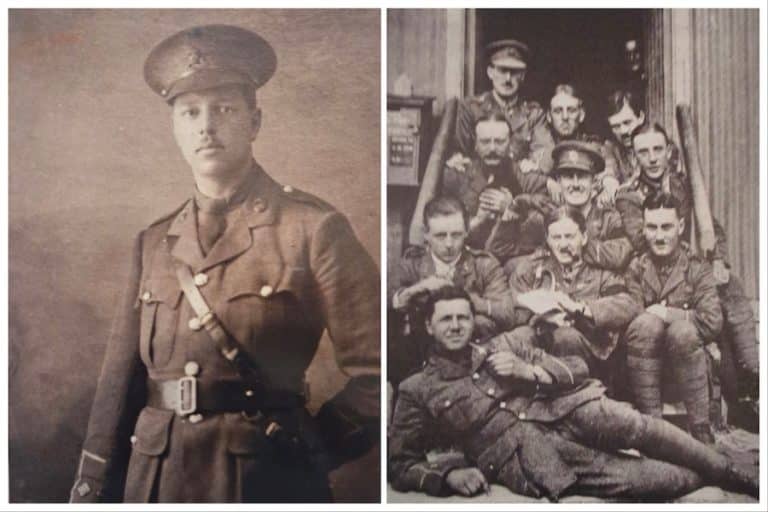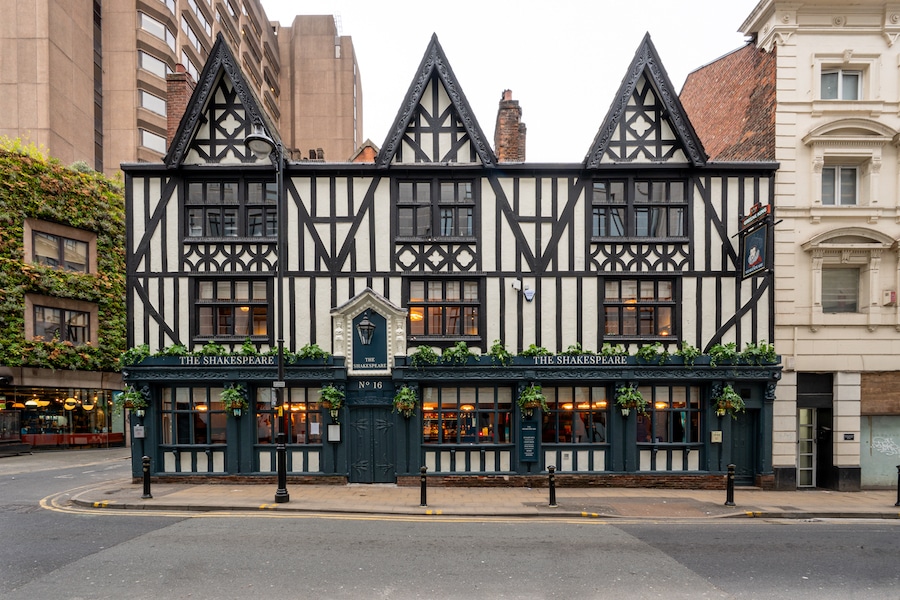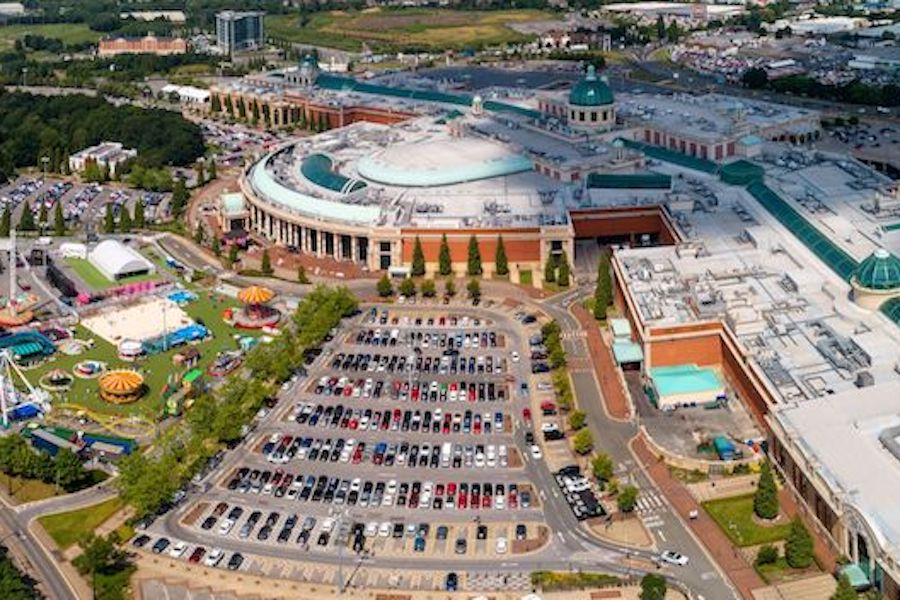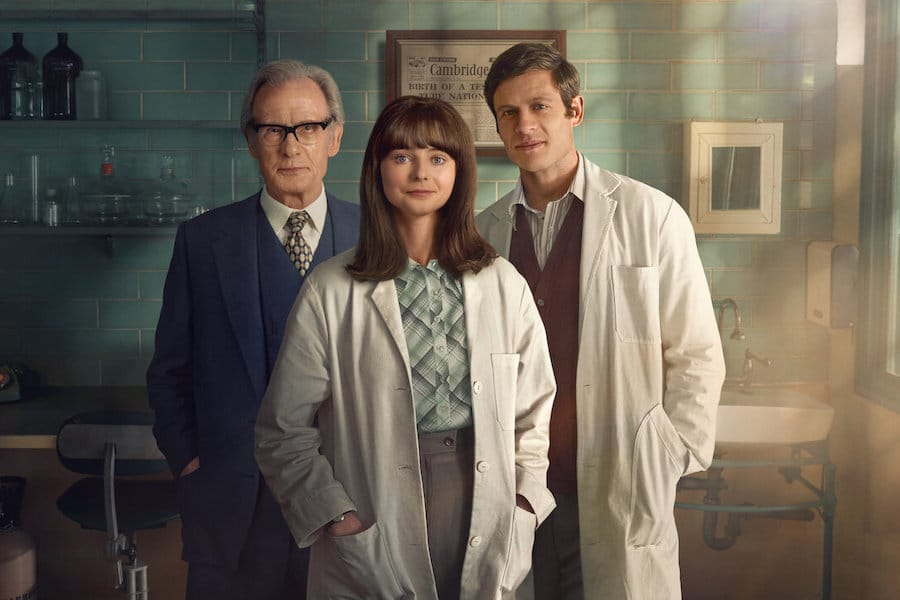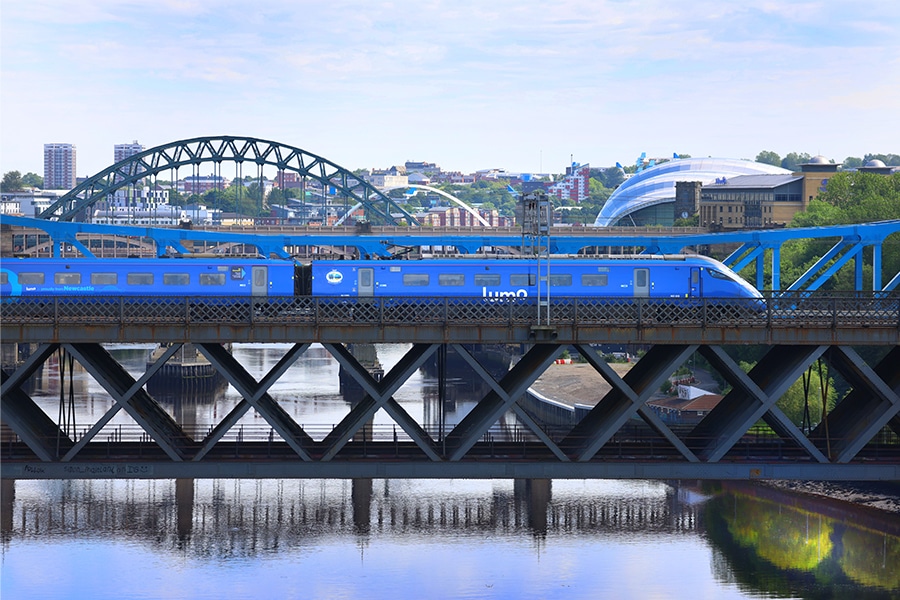How Manchester helped the world take flight
- Written by Thom Bamford
- Last updated 9 months ago
- City of Manchester, Cornerstone, Featured, History
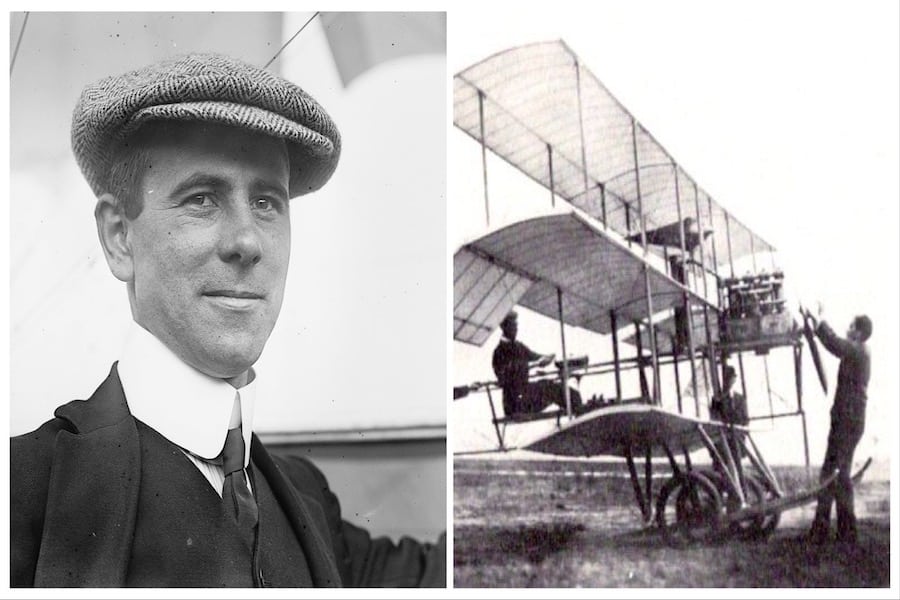
Manchester’s aviation history is full of great pioneers.
The City is often at the forefront of technology – celebrated for its incredible innovation and excellence over the years not just in science but music, fashion and the arts.
Did you know how Manchester played a role in getting people airborne?
From fledgling days of paper and wood planes to turbojet propulsion engines, the city’s imprint is left on air travel in the modern day and looms large in the UK’s history books.
The City’s pilots, engineers, and companies have continually pushed the envelope of what’s possible.
Early pioneers of flight
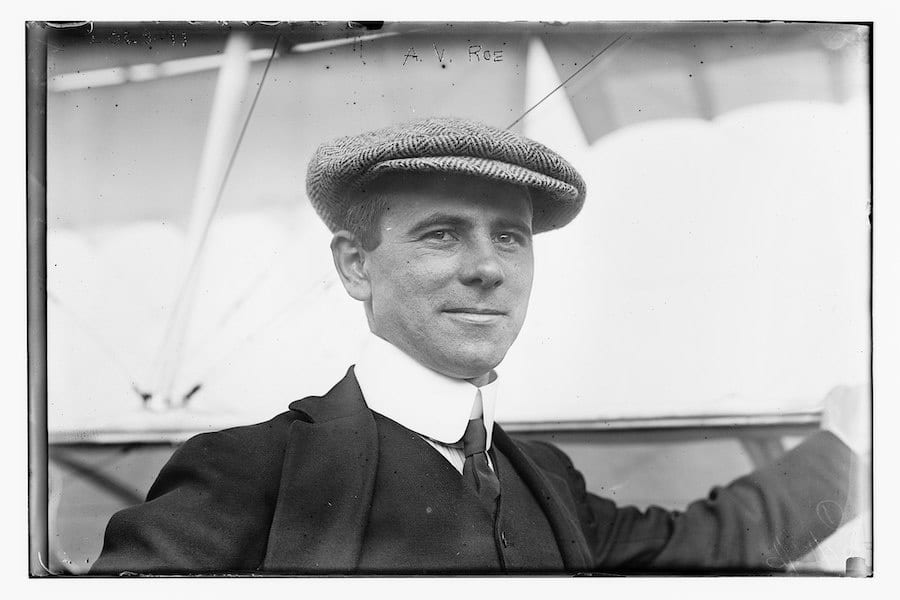
Way back in 1909, Alliot Verdon Roe‘s Roe 1 Triplane, crafted from (can you believe) wood and paper, flew into the world record books as Britain’s first-ever homemade aircraft.
Roe was born near Salford native, in Patricroft, in 1877
He set up the A V Roe and Company (AVRO), the world’s first aircraft manufacturer. It was originally set up in a basement in Brownsfield Mill, in Ancoats.
They quickly outgrew these premises, setting up in a huge plant in Woodford in 1924,
The Avro Heritage Museum sits there today. You can check out their website here.
Roy Chadwick
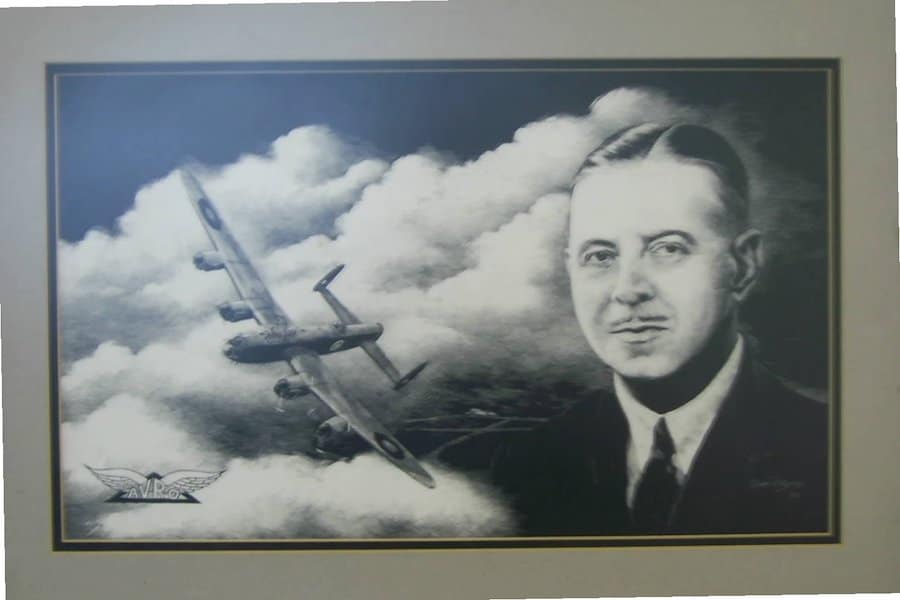
Roy Chadwick, from when he was young, was fascinated by the sky and aeroplanes.
He studied at the Manchester College of Technology and joined the Manchester Aero Club and, through its activities, visited the A.V. Roe & Co. factory at Brownsfield Mill.
His journey into the air began at AVRO, where he began as an apprentice and eventually blossomed into the chief designer.
He was responsible for iconic planes like the Lancaster bomber, and Vulcan aircraft. It could be argued he changed the course of history by designing the aeroplane used in the famous Dambusters Raid – the Avro Lancaster that could carry the bouncing bomb.
He remained in this position until he was tragically killed in the crash of the Tudor 2 prototype in 1947.
Turbulence at AVRO
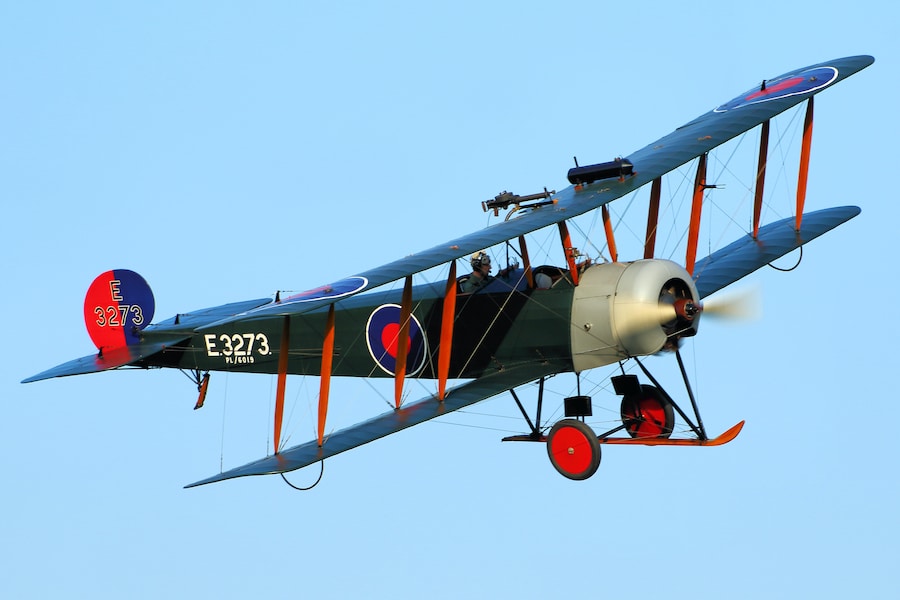
Avro’s rise to the sky was not without its challenges.
The exigencies of war, while spurring the companies innovation and advancement in aircraft design was not without it’s issues.
The AVRO 504 was a staple of the Royal Air force during World War One (WW1) showcasing the City’s prowess in producing aircraft vital for national defence.
Production during the war totalled 8,970 and continued for almost 20 years, making it the most-produced aircraft of any kind that served in any military capacity during the First World War.
More than 10,000 were built from 1913 until production ended in 1932.
Following WW1, legendary aircraft like The Shackleton and the Vulcan continued to keep AVRO and Manchester at the forefront of aviation technology.
A Transatlantic triumph
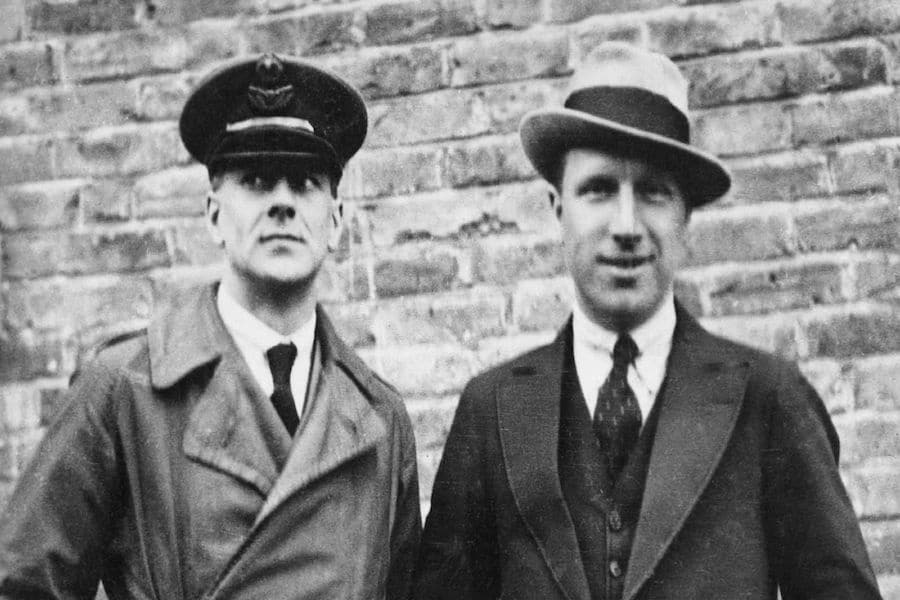
In 1919, Manchester aviators John Alcock (born in Trafford) and Arthur Whitten Brown (Born in Glasgow, but moved to Manchester young) entered the history books with the first ever non-stop transatlantic flight on a Vickers Vimy aircraft.
In 1913, when the Daily Mail first offered a prize of £10,000 for the first non-stop transatlantic flight, success was unimaginable.
However, after the incredible developments in aviation brought about by the First World War, the Daily Mail’s renewed offer in 1918 seemed like it might just be within reach.
Enter these two brave souls from Manchester.
They flew a modified First World War Vickers Vimy bomber from St. John’s, Newfoundland, to Clifden, County Galway, Ireland.
The Secretary of State for Air, Winston Churchill, presented them with the Daily Mail prize for the first crossing of the Atlantic Ocean by aeroplane in “less than 72 consecutive hours”.
A small amount of mail was carried on the flight, making it the first transatlantic airmail flight.
The two aviators were awarded the honour of Knight Commander of the Most Excellent Order of the British Empire (KBE) by King George V at Windsor Castle a week later
Their daring journey embodies the city’s spirit of fearless innovation, from music, science and invention.
The Jet age dawns
Moving forward at ROCKET speeds, Manchester engineering once again set the bar with its engineering prowess.
Companies like Metropolitan-Vickers Electrical Co.LTD and Rolls Royce, spearheaded the development of jet engines to really push things forward, ushering in a new era of speed and efficiency.
The metropolitan-vickers V2, was the first British design to be based on an axial-flow compressor. It was an extremely advanced design for the era, using a nine-stage axial compressor, an annular combustor, and a two-stage turbine. Unfortunately, it proved unreliable but went on to influence other important designs like the successful Sapphire.
In 1914 Rolls-Royce produced its first aircraft engine, the Eagle. Its water-cooled Merlin engine, introduced on the eve of World War II, powered many aircraft (including the Supermarine Spitfire and the Hawker Hurricane) and became one of the most successful piston engines of WW1.
In the early 1940s, building on the pioneering jet propulsion work of English aviation engineer Frank Whittle, Rolls-Royce designed the Welland, the first jet engine to enter military service (in the Gloster Meteor in 1944)
Manchester’s contributions in this field included the Merlin and the Derwent, both systems that led the way for modern propulsion as we know it.
Revolution in radar
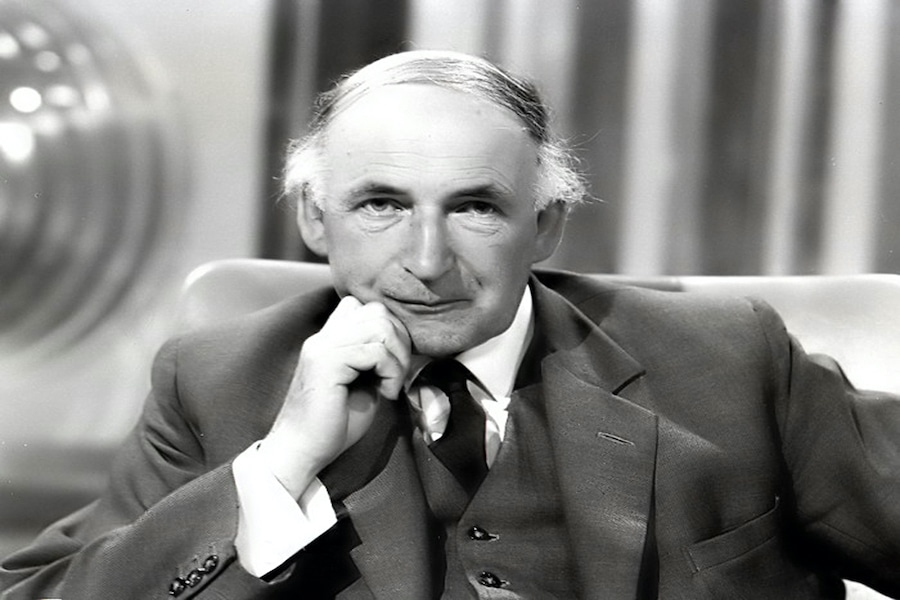
It’s not just planes and engines, Manchester played a huge part in making radar readily available across the globe.
Groundbreaking work from engineers like Sir Bernard Lovell and Freddy Williams at the Telecommunications Research Establishment (TRE) revolutionised aerial navigation and target detection.
The TRE was established to help the RAF develop new technology in World War Two (WW2) to help aircraft detect enemy targets, and navigate new planes.
In 1942, TRE set up a team to develop a means of identifying bombing targets at night and in bad weather.
This team was led by Sir Bernard Lovell.
His squad produced the H2S 9.1 cm radar that improved greatly the Royal Air Force’s bombing accuracy. The 1.5 cm wavelength set was able to detect rain clouds. This example was fitted to an Avro Vulcan B2 bomber.

When things settled down after WW2, Sir Lovell moved to Manchester University, where he was instrumental in setting up the Jodrell Bank Observatory.
Another well-known name, Freddy Williams, worked in the radar department at TRE headed to the city where he used his incredible wealth of knowledge in radar to help create the Manchester Baby computer, the world’s first stored-program computer in 1948.
Their contributions, like innovations such as the H2S radar which was attached to the Avro Vulcan bombers, were influential in shaping aviation history as we know it.
- This article was last updated 9 months ago.
- It was first published on 21 February 2024 and is subject to be updated from time to time. Please refresh or return to see the latest version.
Did we miss something? Let us know: [email protected]
Want to be the first to receive all the latest news stories, what’s on and events from the heart of Manchester? Sign up here.
Manchester is a successful city, but many people suffer. I Love Manchester helps raise awareness and funds to help improve the lives and prospects of people across Greater Manchester – and we can’t do it without your help. So please support us with what you can so we can continue to spread the love. Thank you in advance!
Got a story worth sharing?
What’s the story? We are all ears when it comes to positive news and inspiring stories. You can send story ideas to [email protected]
An email you’ll love. Subscribe to our newsletter to get the latest news stories delivered direct to your inbox.

The pioneering doctors who changed science forever and inspired the new Netflix series Joy
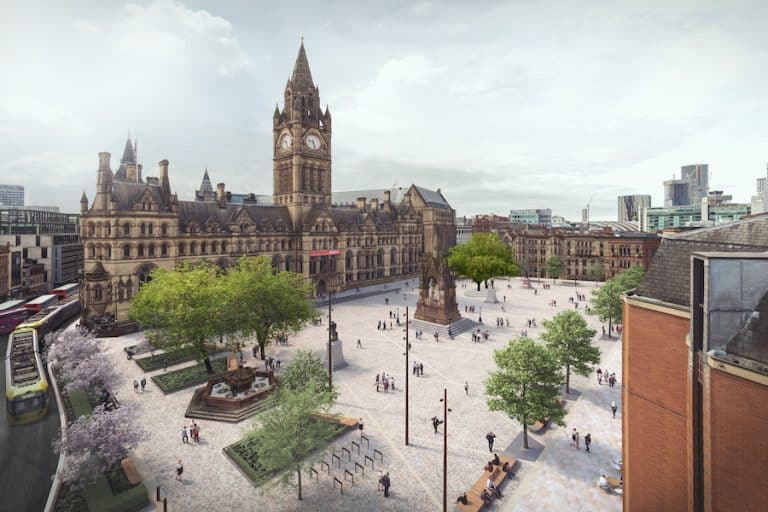
Green, grand and gorgeous – a deep dive into the redevelopment of Albert Square

English National Opera finds a new home in Manchester making opera accessible to all

“Great food at excellent value” An authentic taste of Naples arrives in Ancoats
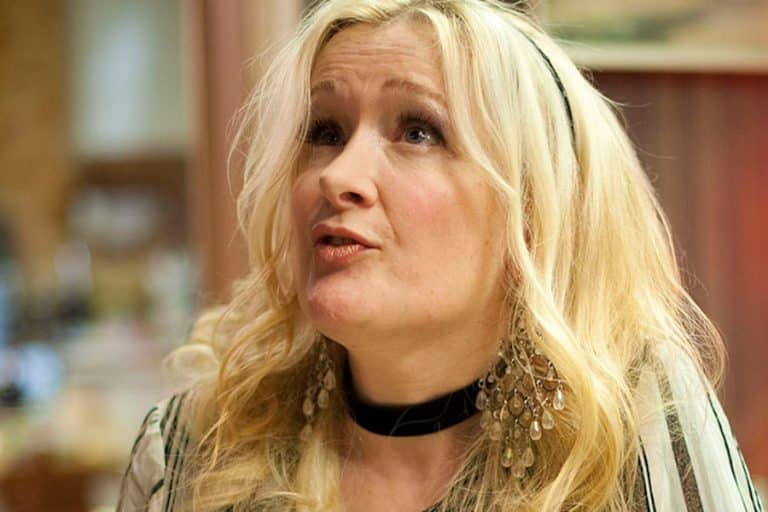
Comedian spearheads campaign for a statue of beloved comic Caroline Aherne
